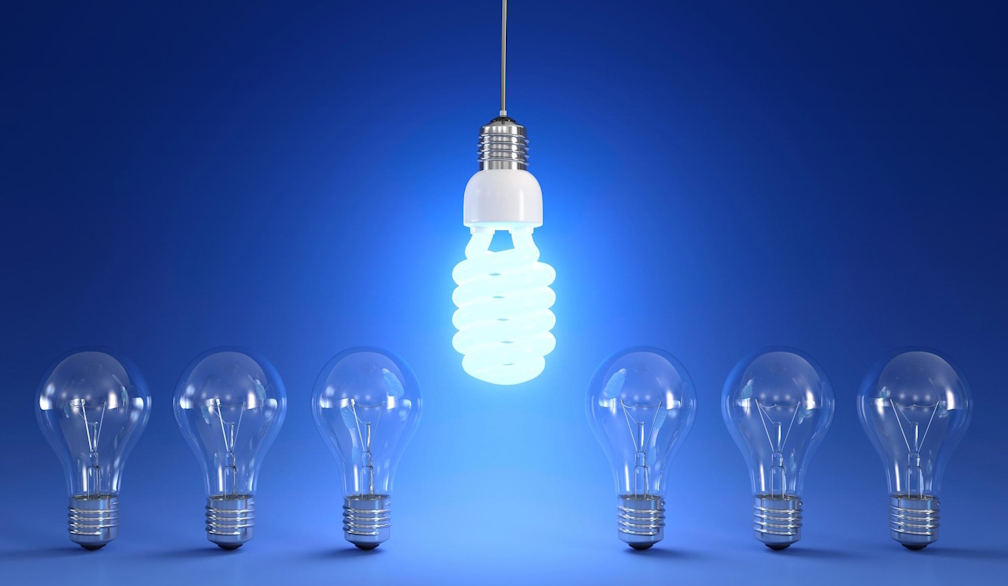Electricity Bill Breakdown: What You Need to Know

Understanding your electricity bill might seem trifling, but it's a vital aspect of managing your home expenses. Also, acknowledging these costs can offer valuable insights into your energy consumption patterns. This article’s aim is to shed light on the intricacies surrounding your electricity bill, enabling your comprehension of the array of factors that shape your bills, and to provide effective strategies for managing these expenses. Consequently, these practices will prompt more efficient consumption of energy, fostering environmental sustainability and easing your wallet's strain.
The Basic Components of Your Electricity Bill
To navigate the complexities of an electricity bill, one must understand various terms and descriptions incorporated. Firstly, it's important to note the unit of measurement for electricity consumption: the kilowatt-hour (kWh). Deconstructing your bill further, charges encompass daily supply charge, electricity usage costs, as well as a controlled load charge for specific appliances in some households.
Daily supply charges cover the cost of connecting your property to the grid, while electricity usage costs inherently depend on how much power your household consumes. The controlled load observes a lower usage rate for certain household appliances and is charged accordingly.
Moreover, the energy sources utilised by your provider affect your bill. Generally, renewable energy sources can be cheaper compared to fossil fuels; however, it revolves around how your provider sources and distributes their energy.
How Electricity Rates Are Determined
Determining rates for electricity involves various elements and players. Your electricity provider plays a major role—they set rates based on their costs to source and distribute power. This can be influenced by factors such as global energy markets, logistics, and technology costs.
Additionally, government regulations and taxes significantly shape your final costs. Policies favouring sustainable and renewable energy typically result in incentives, potentially lowering cost implications on your bill. Conversely, extra charges may apply in cases of greenhouse gas reduction schemes or other government initiatives.
Also, it's important to consider the relationship between energy consumption rates and usage times. Peak times, which are periods of high demand, generally fetch higher charges due to the strain on the electrical grid, thus impacting your bill.
Factors That Drive Your Electricity Costs
Various elements dictate your power charges, starting with your household appliances—their energy efficiency rating, frequency of usage, and the duration they're active. For instance, appliances such as pool pumps, heating and cooling systems, fridges, and electric ovens consume more power, leading to a steeper bill.
Seasonal changes also wield significant impact. The reliance on heating systems during winter and the necessity of air conditioning in scorching summers can result in increased usage.
Having energy-efficient appliances and systems significantly reduces energy consumption, leading to a lighter bill. On the other hand, wasteful practices, such as leaving devices on standby or using outdated appliances, can inflate costs.
Tips to Reduce Your Electricity Bill
Effective management of your electricity costs involves strategic approaches suiting different households. Use of energy-intelligent devices such as thermostats and timers, as well as limiting power usage during peak periods, can lead to substantial savings.
Estimating the amount of energy consumed by different appliances, and thus understanding where most of your energy is used, greatly benefits your effective management of these costs. Similarly, adopting energy-efficient appliances with good star ratings can slash the figures on your bills.
Beyond these, your approach to energy usage plays a part. Turning off appliances when not in use, excessively fluctuating heating and cooling systems, and opting for natural light instead of artificial sources during daylight hours can help curb usage.
In addition, alternatives like solar panels, while requiring an initial investment, reap benefits in the long run by slashing power costs and providing an environment-friendly solution to your electricity needs.
How to Know Your Electricity Bill
Thoroughly scrutinising your electricity bill fosters a clearer perspective of where your budget is allocated. Understanding your electricity bill goes beyond just knowing the total amount due. It involves deciphering the specifics of each section, including usage costs, daily supply charges, and any applicable fees. This deeper understanding empowers you to monitor your energy usage, identify deviations from your usual consumption patterns, and even detect potential billing errors.
By understanding your bill, you gain valuable insights into your energy habits and spending patterns. This knowledge empowers you to make informed decisions about reducing your energy consumption and ultimately saving money.
Conclusion
In conclusion, understanding the components of your electricity bill is pivotal for efficient energy management—ensuring not just cost savings but also contributing to the broader sustainability narrative. Bear in mind that every conservation effort makes a difference, and the journey to a sustainable lifestyle starts at home. Embrace energy-saving techniques today—comprehend your consumption and adapt to modifications for a sustainable tomorrow.



